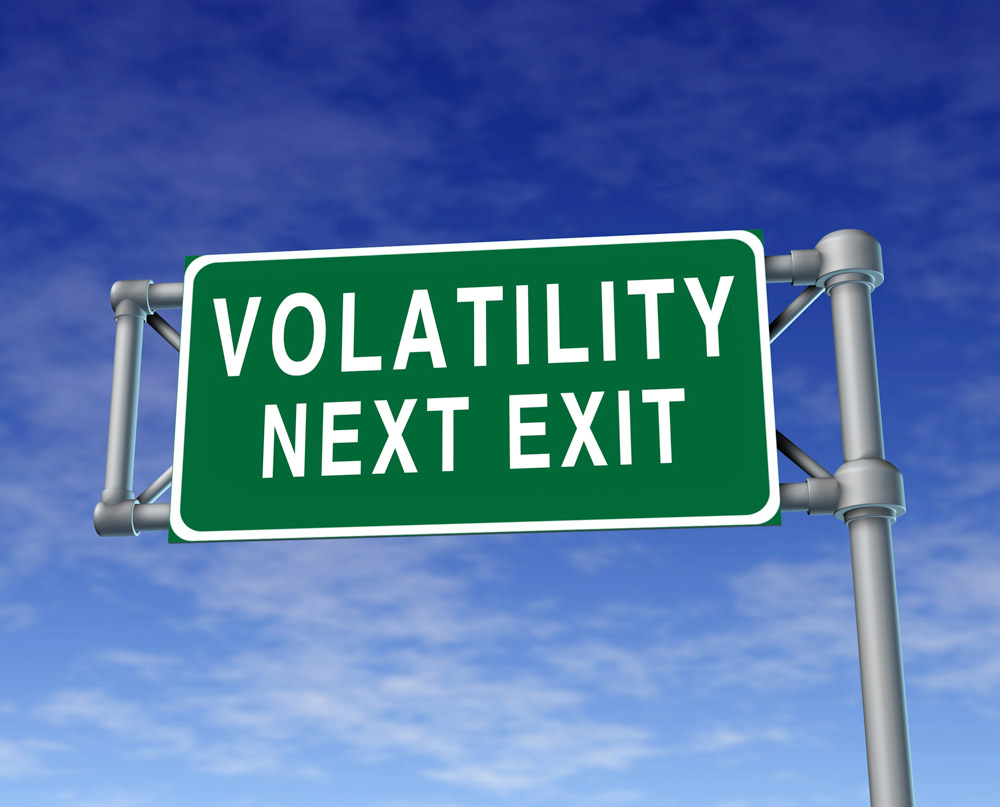by Rick Ferri
There’s nothing like good market volatility. It makes me sleep well at night. Plunging prices, several days of bad news, it makes me all smiles. No, I’m not a masochist. I just know that weak-minded investors become nervous and sell in a roller-coaster market, and that gives me more opportunities to buy at cheap prices.
It wasn’t always the case that I loved volatility. In my younger years, frightening drops led to restless nights and emotional selling. That didn’t do me any good because the market recovered every time! Today, I can look beyond short-term volatility and control my emotions. This puts me at an advantage over people who blow out of the markets when bears come hunting, and gives me a proven way for future gains.
Figure 1 illustrates the change in the Chicago Board Options Exchange’s CBOE Volatility Index® (VIX®) compared to the change in the S&P 500 price. The VIX is a key measure of market expectations of near-term volatility conveyed by S&P 500 stock index option prices. Since its introduction in 1993, the VIX has been considered by many to be a key barometer of investor sentiment and market volatility. In general, higher volatility corresponds with falling stock prices and lower market expectations.
We haven’t had a good dose of volatility in quite some time. In fact, this summer, the VIX has been the lowest in five years.
Figure 1: CBOE S&P 500 price volatility and S&P 500 price return since 2010.
Source: CBOE data through August 5, 2014
Very low volatility always makes me nervous. It’s not that I fear higher volatility and a drop in prices; rather, some investors become complacent and begin buying stocks because they underestimate the risk. When “normal” volatility comes back, complacency can turn to apprehension, and this can cause ill-timed investment decisions.
Last week, the VIX jumped to levels not seen in several months (see Figure 2). S&P 500 prices began rolling over early in the week and dumped about 2.6% throughout the week. Prices are down again this week. In my opinion, this shift in sentiment is a good thing.
Figure 2: CBOE Volatility Index (VIX) from May 5, 2014 to August 5, 2014.
Source: CBOE data through August 5, 2014
We’re rewarded in the public markets for taking risk. Volatility is probably the most “predictable” risk out there. It’s actually far predictable than market returns over a 10-year period (see my book All About Asset Allocation).
Volatility is not only common, it’s necessary. A good dose of higher VIX creates the pause that refreshes. It shakes out the weak investors and sets up a return premium for those of us who can withstand the annoyance. Learn to embrace volatility and you’ll be a better investor for it.
Copyright © Rick Ferri
















